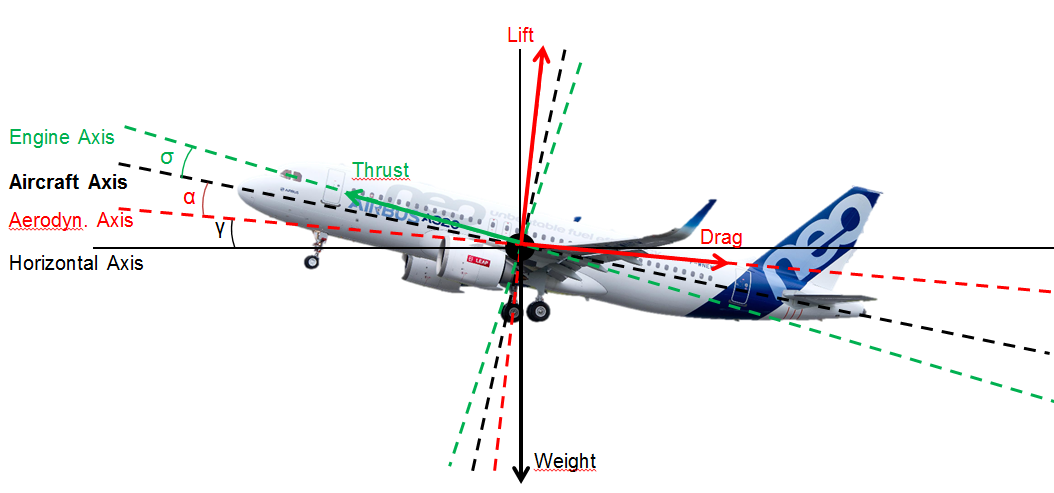What exactly you mean by "lift" is important to answer this question. In unaccelerated flight (steady speed, constant rate of climb or descent, including level flight), all forces on the airplane are balanced - forward equals backward, up equals down, and left equals right. Weight is generally a downward force, lift upward, drag backward, thrust forward, and sideways force is generally minimal, but comes from things like rudder trim or the various forces involved in P-Factor (this also changes based on how you define "up", as in a turn lift will become a partially sideways force if "up" is defined by something outside the airplane, e.g. earth).
If by lift you mean the sum of all up/down aerodynamic forces (which is how I tend to think of it, in general, though this is not technically correct - see footnote or linked article) and by "up" you mean "directly away from earth's center of gravity", then yes, lift equals the aircraft's weight in unaccelerated flight. There may be some negative lift (as you say in your example, the 10,000 pounds of tail-down force), but this will be balanced by additional upward lift over the airplane's weight - that is, if the sum of all downward aerodynamic forces is 10,000 pounds and the aircraft weighs 100,000 pounds, then the sum of all upward aerodynamic forces must be 110,000 pounds. However, when speaking of the sum of forces, we must remember to treat them like the vectors they are - so 110,000 pounds of upward lift plus 10,000 pounds of downward lift equals 100,000 pounds of net upward lift - the airplane's weight.
If your definition of lift does not include that created by the engines (i.e., "vertical component of thrust"), or really, if you use any other definition without restricting it to special cases, then this may or may not be true - if the vertical component is zero (it's usually small, but probably not quite zero), then total lift will equal aircraft weight for unaccelerated flight. If it is nonzero, then lift plus the vertical component of thrust will equal weight, but lift alone will not equal weight in unaccelerated flight.
Footnote on the definition of "lift": the technical definition of the lift force is the component of force exerted on a body by fluid flowing past it which is perpendicular to the flow of the fluid - so my definition would include the drag of a falling body as a "lift" force, which it is not.


